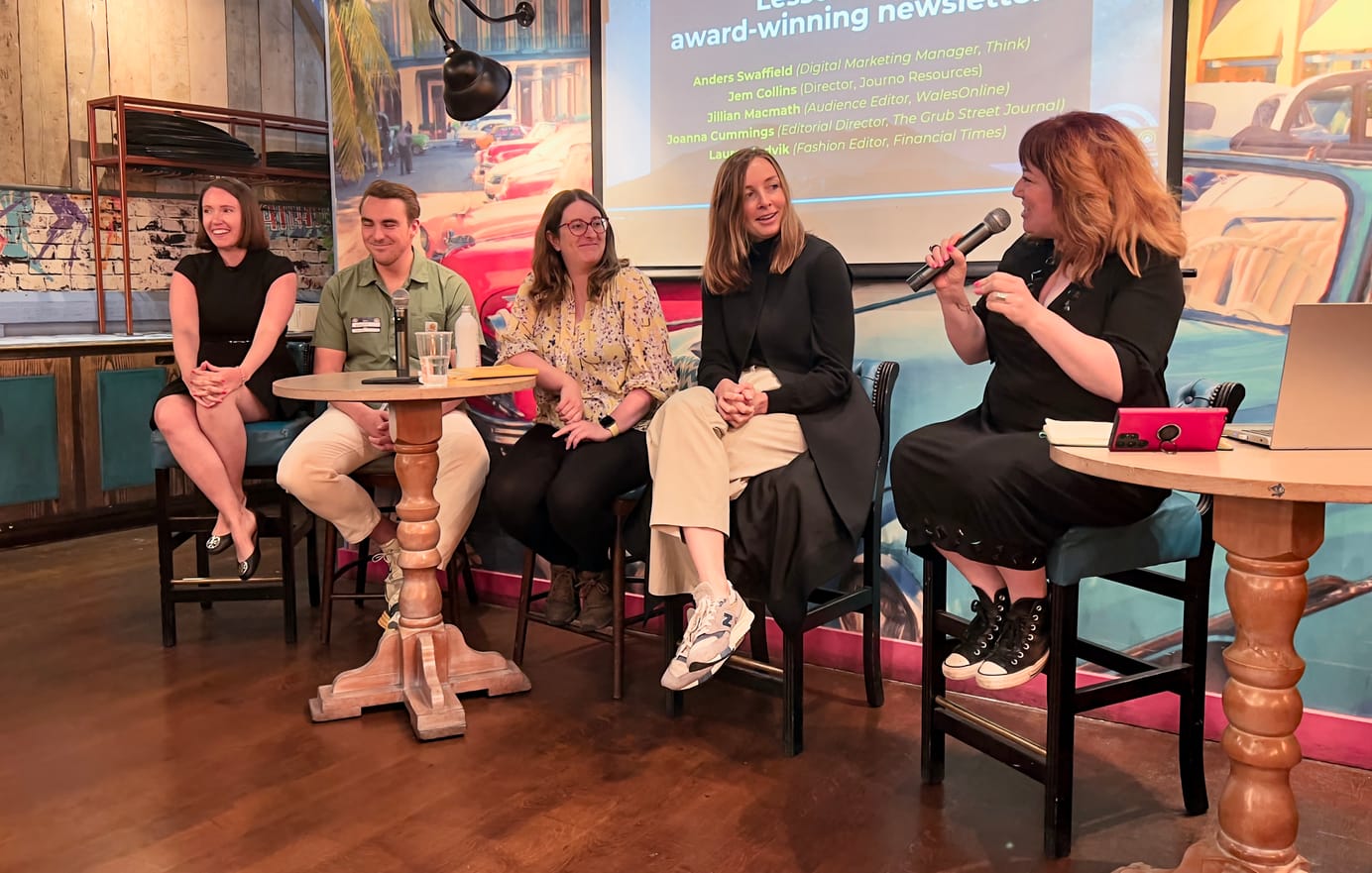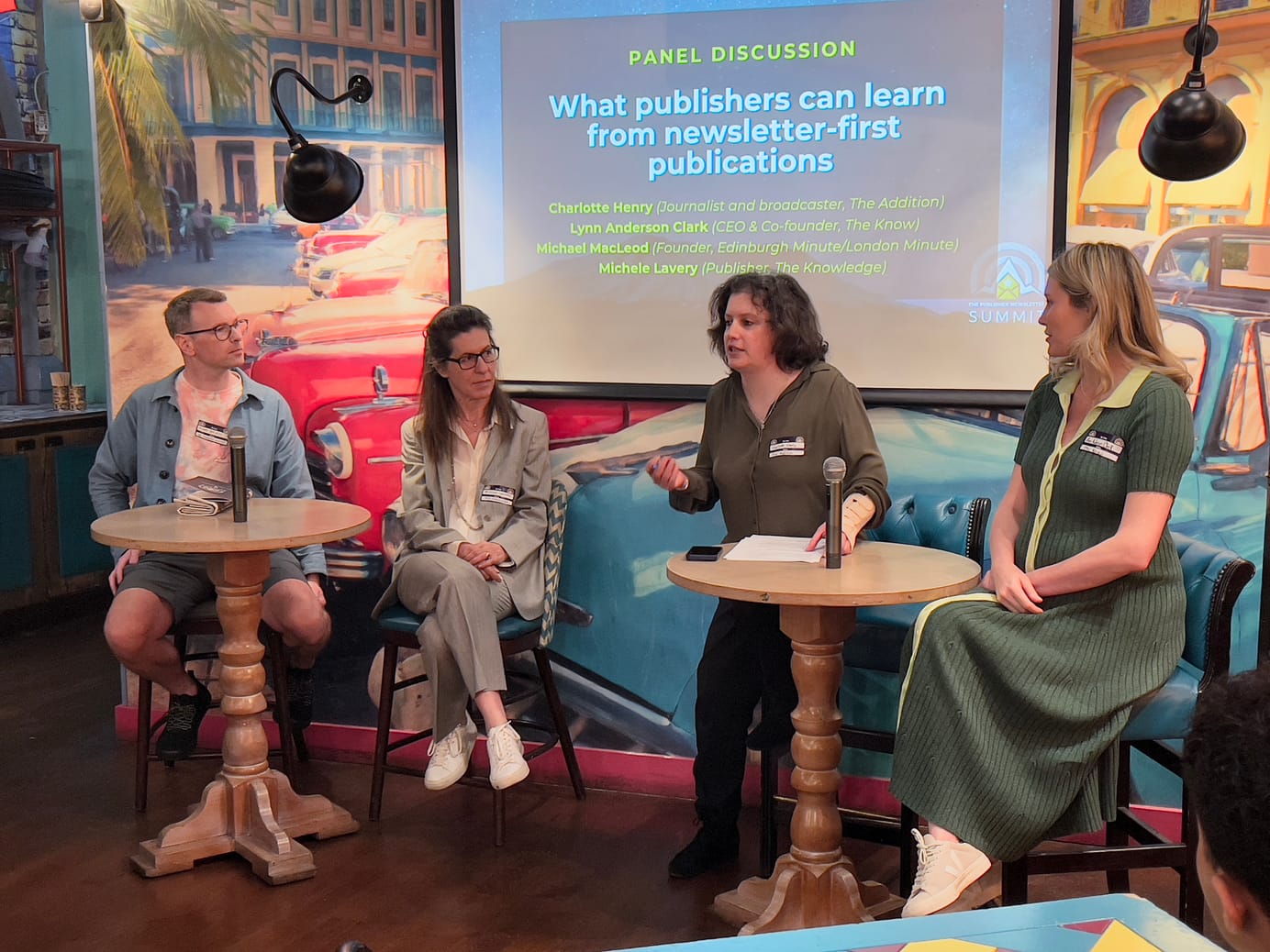Are the old B2B publishers leaving the digital edition market wide open?
When this morning’s TheMediaBriefing B2B e-mail (written by one of my ex-students, Henry Taylor…) hit my in-box, I learnt of this article by DB Hebbard:
The B2B magazine industry still lags far behind consumer when it comes to developing and launching digital editions. The reasons for this are numerous: the issue of qualified readership, reduced production staffing levels, lack of investment in digital from many companies that are owned by PE firms, etc.
I think there’s a far simpler reason – on this side of the pond at least. Most of our B2B publishers are pedalling as hard as they can away from anything that looks in any way like traditional publishing. UBM is pretty much an events business now, with the latest round of disposals, and RBI is a structured data business (and its journalism essentially marketing for the rest of the business). It’s only through habit that we think of them as “publishers” at all – because in most cases, they aren’t.
Investing in the future of “editions” of magazines which they’ve been assuming will die within the next decade just doesn’t fall within their business plans. Given the performance of the short of shovelware editions we see coming out of Adobe’s DPS and the like, that seems like a wise decision.
Now – should the tablet magazine form actually take off, they may yet live to regret this. The interplay between publication and event can be a very powerful one, if done right. And magazines tend to engender a loyalty that pure data services don’t – data doesn’t tend to generate the emotional response you get from a well put-together magazine.
In the meantime, though, this feels like a market opportunity for someone to start doing really good subcompact magazines (called mini magazines by some) for business. Hebbard’s piece suggest that this could be trade associations – and it could – but could this also be a ripe field for journalistic startups?
The idea of the “edition” still has a value – it gives you something that the web never can: you can feel that you finished it. That sense of completion is a gateway to other feelings – like a sense of being informed – that give products an emotional resonance that makes repeat purchases more likely. Feeling informed in your work is a very valuable place to reach, and people will pay for that. Build a subcompact magazine that really works for a business reader in an attention-starved age, keep the costs really low, and you might have something that flies…
Sign up for e-mail updates
Join the newsletter to receive the latest posts in your inbox.











